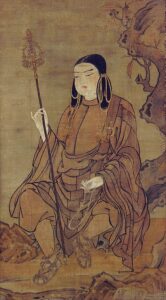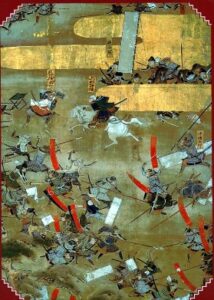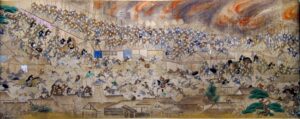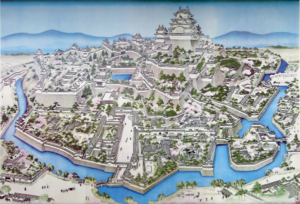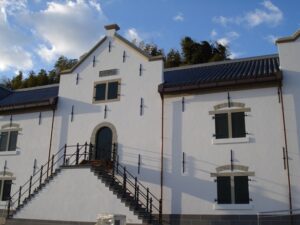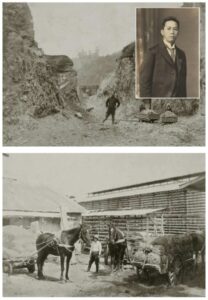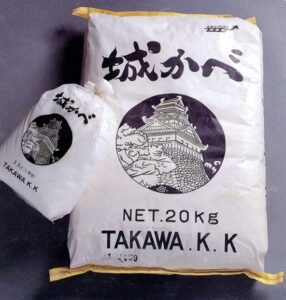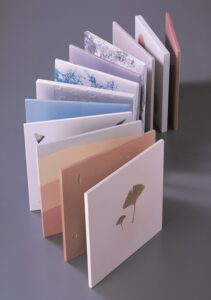About Shikkui and our company
The history of our company is deeply connected with history of Shikkui in Japan, which itself is deeply rooted into the Japanese history and culture.
About us
Tagawa Sangyo is a Japanese manufacturer and developer of architectural surface coatings with a focus on indoor air quality and other aspects of human health. Founded in 1924, we are a family-owned company with a strong belief in continuous innovation with natural products that actively help create healthier indoor environment. Our “geomimicry” inspired technologies allow for creating products that come from nature and eventually go back to nature not as harmful waste, but plant- and soil beneficial nutrients.
We are passionate about combining this sustainable, circular economy approach with creating genuinely healthy indoor spaces and aesthetically beautiful products.
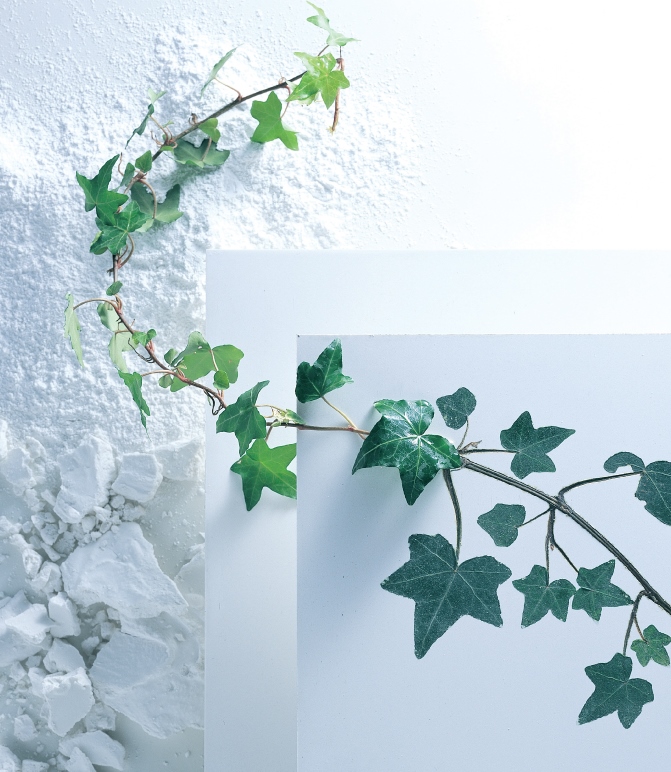
Company profile
Company name: Tagawa Sangyo Co., Ltd.
Head office and factory: 1924 Oaza Yugeta, Tagawa city, Fukuoka prefecture, 826-0041 Japan
Tel: +81-947-44-2240
Fax: +81-947-44-8484
President: Nobuyoshi Yukihira
Established: 1924
Capital: 10 million Yen
Factory site: 40,000 ㎡
Buildings: 8,000 ㎡
Employees: 26
Type of business: production of lime-based building materials, architectural coatings, wall and floor tiles, surface protection products, inorganic chemical industry
Timeline history of Shikkui
Birth of Japanese Shikkui
- 6th century (Asuka period)
Lime plasters were first introduced to Japan from mainland Asia in the 6th century, following the spread of Buddhism. From that time, the lime plasters in Japan continued to develop and evolve independently based on the locally available resources. That is when Shikkui - the Japanese lime plaster was born and started to develop in its unique way.
Seaweed in Shikkui
- Sengoku period (16th century)
The discovery of using seaweed as water retention agent and usage of plant fibers to reinforce Shikkui brought a boom in castle construction throughout the 16th century, during Sengoku period in Japan, when the country was in its civil war period for several decades. Shikkui as a finish coat provided a durable plaster coating of the castle walls, which was critical in times of wars, and protected the walls from rain erosion.
Shikkui still a luxury
- Edo period (17th century)
with the start of the Edo period renaissance, as the united country entered its famous non-military and culture transformation period. With common housing structures still mostly made of wood and sometimes earthen plasters, Shikkui still remained a special luxury finish layer over earthen plasters allowed only to the nobles, upper samurai society.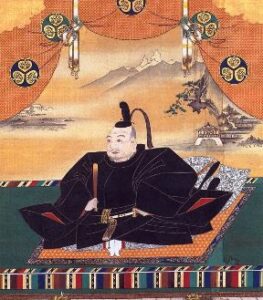
Great fire of Meireki
- March 2, 1657
With the growth of population and the spread of wooden housing highly concentrated in Edo (now Tokyo) region, the cases of fire spreading quickly from building to building became very frequent. The infamous Great fire of Meireki destroyed 60-70% of the Japanese capital and killed over 100,000 people. As a result, the the Tokugawa Shogunate allowed Shikkui as finish layer to protect buildings from fire for everyone, not just the nobles. Since that moment, Shikkui started to spread all across Japan for both residential housing and commercial construction, especially merchant warehouses had thicker layer of Shikkui to protect the commodities from fire damage.
New aesthetic side
- Late Edo period (18-19th centuries)
The aesthetic side of Shikkui finishes also further developed in Edo period, with the boost in craftsmanship, application techniques and tools. With the exterior Shikkui applications serving as protection and aesthetic purposes, the interior Shikkui coated earthen wall provided both aesthetic and health benefits, enhancing air quality with its anti-bacterial and air cleaning properties, as well as durability.
Main finish coatings
- Meiji period (19th century)
During the Meiji period in the 19th century and the reforms in the social structures it brought, Shikkui finishes were also used on western brick constructions in modern design, remaining the main finish coatings once again. Many cultural buildings during that period, which are now classified as national and world heritage, were also mostly finished with Shikkui.
Further innovations
- 2010's
Development of modern Shikkui finishes, including decorative artisan products, sprayable and roller-applied paint-type Shikkui, highly humidity-regulating finishes, DIY Shikkui finishes.
Current and future development
- 2020's
Continuous innovations and improvements of natural Shikkui technologies, with even stronger focus on respiratory health and the environment.
